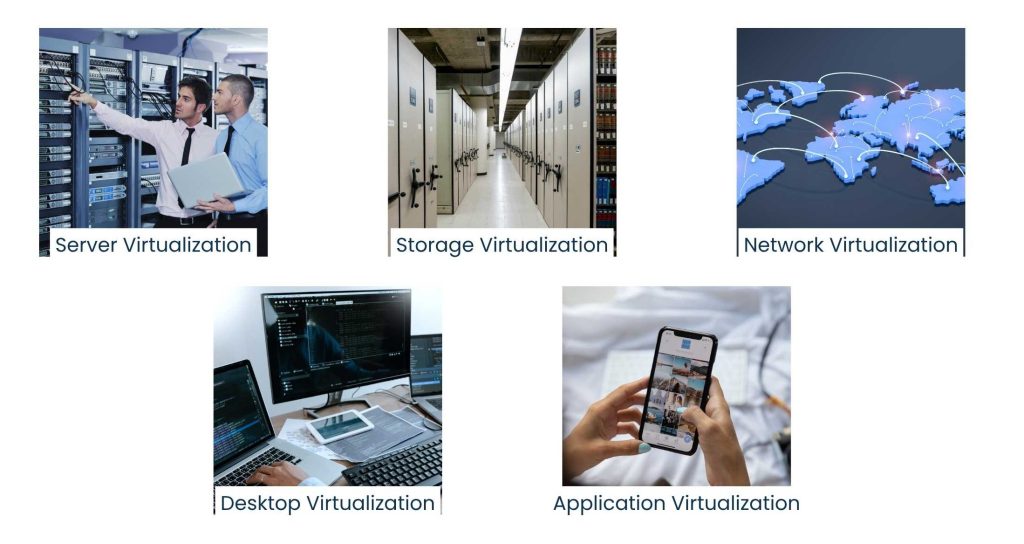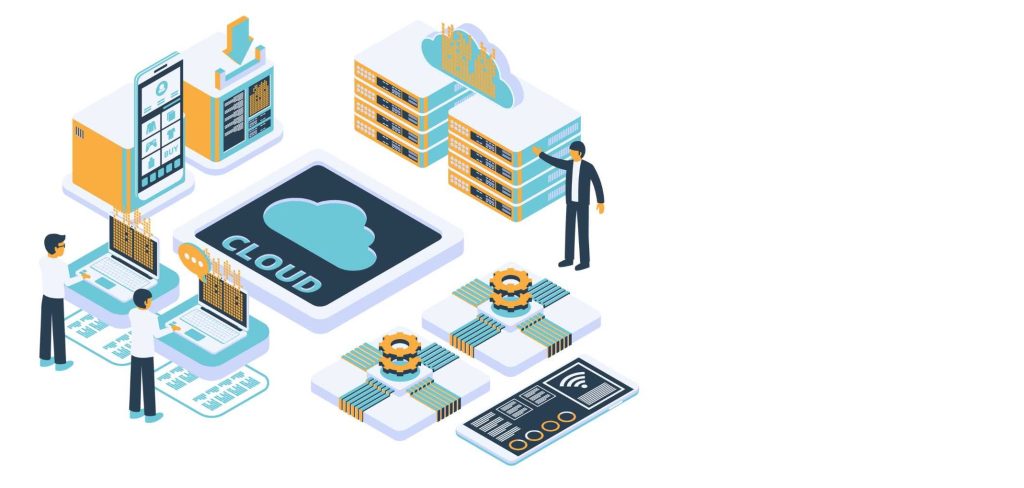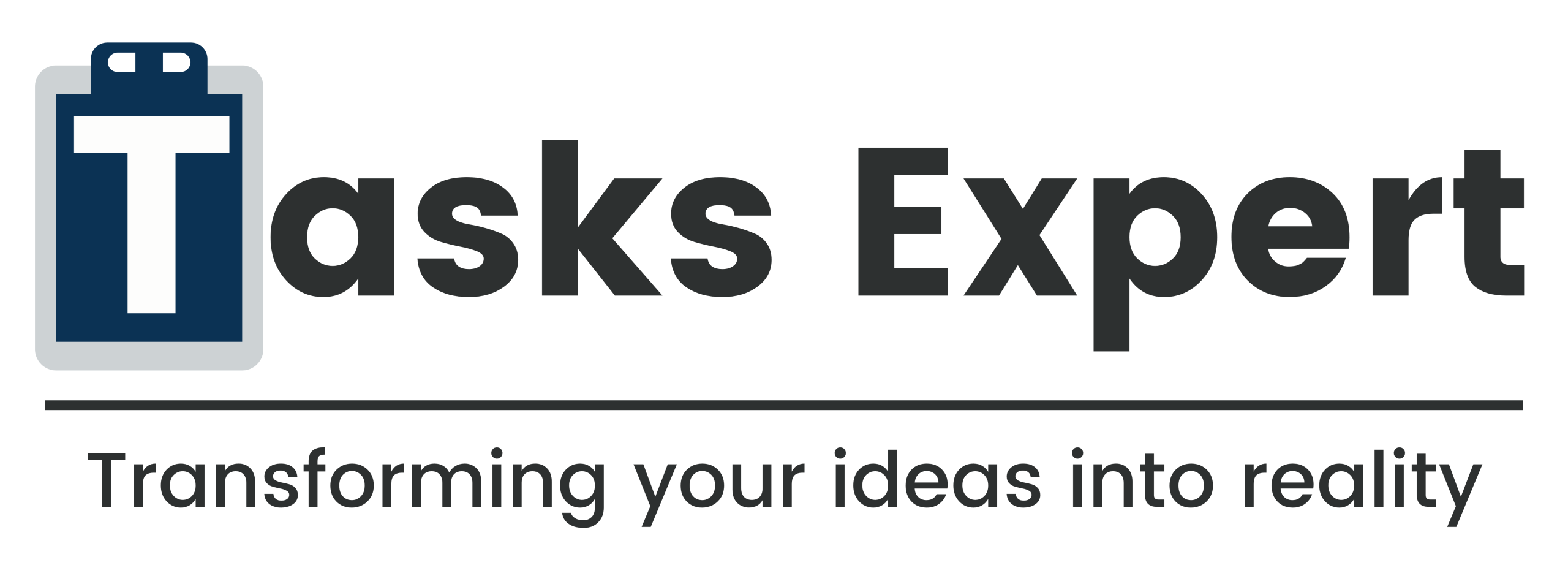Introduction
Data centre virtualization abstracts traditional IT infrastructure into a virtual system and, by doing so, enables the development of virtual images of physical devices like servers, storage facilities, and networking devices. You can run multiple virtual machines on a single physical machine rather than one application per physical server. Each VM is completely isolated and has its own resources and runs independently.
This process may increase work flexibility and decrease energy consumption significantly. Companies don’t need to purchase expensive hardware upfront to grow. You can create, change, or move virtual machines to and from environments in seconds, and it allows automatic increase and decrease of services in terms of your dynamic execution.
You’ve reinvented storage and networking, and now it’s your servers’ turn. Whether they’re at your location or out in the cloud, virtualization makes you rethink what you can do with, instead of just where to put, your IT infrastructure. This could conserve power, minimize downtime, and simplify disaster recovery and maintenance.
Companies therefore get more resilience, scalability, and performance – and less hardware and operating costs. To those modern businesses focused on ensuring the longevity of their infrastructure, data center virtualization is no longer an upgrade; it’s a strategic advantage that enables IT to keep pace with business growth.
Types of Data Center Virtualization
Data center virtualization involves multilayers directed at individual aspects of the infrastructure. To configure these types, IT teams need to know the different types in order to pick the combination that is best for them to ensure performance levels are maximized, overhead is minimal, and to enable a complete scale-out strategy.

1. Server Virtualization
This is the simplest and essential virtualization type. It hides physical server resources, enabling many virtual machines to run on a single physical server. Each VM provides its operating system, applications, and configurations.
- Why it matters: Rather than idling away across many servers, you can combine workloads to achieve better resource utilization and reduce physical footprint. This translates into significantly lower costs on hardware, power, and cooling.
- Popular tools: The popular platforms for server virtualization include Microsoft Hyper-V, KVM, and Citrix XenServer.
2. Storage Virtualization
In this method, a plurality of storage resources of multiple apparatuses are unified as a virtual storage system. These abstracted resources are treated as a single pool irrespective of the nature of the physical infrastructure.
- Why it matters: By abstracting physical storage from the operating systems, storage virtualization provides better data availability and optimizes performance by balancing the loads.
- Popular tools: IBM Spectrum Virtualize, Dell EMC VPLEX, and NetApp ONTAP are popular and well-received storage arrays in enterprises.
3. Network Virtualization
This form decouples logical functions of the network from the physical form of the network. It is a layer 2 encapsulation scheme, just like VMs on a server, and we call it a multitude of virtual networks running on top of the same physical network.
- Why it matters: Through network virtualization, we accomplish agility and security. It results in better partitioning, rapid creation of applications-based networks, and is a platform for software-defined networking (SDN) and network functions virtualization (NFV).
- Popular tools: Trending along the lines of VMware NSX, Cisco ACI, Microsoft NVGR, etc.
4. Desktop Virtualization
Users can securely access their virtual desktops from anywhere, as they’re hosted on a central platform.
- Why it matters: Unified administration minimizes the endpoint cost while maintaining security and a consistent user experience across devices. It makes software updates and patching easy.
- Popular tools: Common platforms are Citrix Virtual Apps and Desktops, and Microsoft Azure Virtual Desktop.
5. Application Virtualization
Apps don’t run on the user’s device as they usually do; instead, they are contained in a virtual environment. This protects the application from the underlying OS.
- Why it matters: App-V enhances the compatibility of an application; it mitigates possible application compatibility issues while avoiding the complexity of testing or deploying an application. It’s for security too, to isolate applications from the system.
- Popular tools: Microsoft App-V, VMware ThinApp, and Citrix App Layering are the most-used among enterprises.
Every type of virtualization is an essential component of the flexible, efficient, and scalable data center. The majority of today’s businesses use a mix of these virtualization techniques in order to truly bring their IT infrastructure into the 21st century.
Benefits of Data Center Virtualization
Virtual Infrastructure is a long-term strategy that can transform business operations. If used correctly, it enhances efficiency and reduces overheads.

Here are some of the key advantages:
1. Improved Resource Utilization
In conventional data centres, physical servers are frequently inefficiently used, chugging along at only a small percentage of their available capacity. Virtualization allows you to cram more workloads onto fewer machines. With VMs, you only use the resources you need, so you can free hardware to run faster.
- Result: Better ROI from server hardware, less downtime. This is not only to optimize CapEx, but also to aid IT teams in better capacity management.
2. Scalability and Flexibility
Virtualization’s killer feature for most companies is scalability. Instead of purchasing new physical servers, a new virtual system can be up and running in minutes.
- Result: IT teams can react quickly to changes in demand, be it the requirement for a new development environment or a spike in production traffic. It is this kind of agility that speed to market requires.
3. Reduced Operational Costs
Virtualization lets you get a lot more out of the same hardware. Fewer servers equal less space required, as well as lower power and cooling demand. Ongoing costs decrease too, as there are fewer physical parts to maintain.
- Outcome: Your routine operating costs decreased all around. Organizations save on utilities and hardware replacement and perhaps even staff, because centralized tools lighten the burden on IT teams.
4. Enhanced Disaster Recovery
Because you can take quick backups and snapshots and simply replicate VMs, disaster recovery is simplified with virtualization. Its mirror image (virtual twin) may be spun up on another host if the server fails, with no need to even set up any real hardware.
- Result: Recovery time objectives are lowered, and business continuity improved. For failures and outages that were not planned, this amount of resilience is essential to decrease downtime and keep up time.
5. Simplified Management
A virtualized environment is easier to deal with than a physical server. Any big virtualization product has a central performance monitoring and resource allocation, and diagnostics dashboard.
- Outcome: IT works more proactively, less reactively. With improved visibility and the help of automation, teams can plug holes before they bite end users. From a virtualization perspective, common actions, such as patching or provisioning, are also more straightforward and easily automated.
6. Environmental Impact
Operating fewer physical servers also contributes directly to a company’s environmental footprint. Virtualization results in less e-waste, less power usage, and lower carbon emissions.
- Result: Companies can help sustainability goals while saving money. This technology transition is also beneficial for companies trying to achieve ESG (Environmental, Social, and Governance) compliance because it’s good for green IT.
Challenges to Consider
However, data center virtualization provides many benefits, but also challenges to the organization in the form of development and management. Dealing with these problems early helps make the virtual world safer and secure.

1. Performance Overhead
The only thing that works well in virtual and real servers is good configuration. Performance may suffer if the resources allocated to the VMs are inadequate, or if the physical machine resources are overutilized. Latency, lag, and slow responses from applications are a general problem.
- What to watch for: Overcommitting CPU, memory, old hardware, and failure to optimize storage I/O can dramatically affect performance. Frequent retuning, a uniform distribution of workloads, and resource monitoring can help prevent these difficulties.
2. Complexity in Management
When companies are working to engineer a large virtual infrastructure, dealing with hundreds and potentially thousands of virtual machines starts to weigh on the logistics. Without proper tools and processes, you can quickly lose visibility and control as a team.
- Why it matters: VM uncontrolled expansion can result in wasted resources, inefficiency, and security holes. That’s why you need things like automation, centralized dashboards, and some clear governance around it to give yourself structure and standardization.
3. Compliance
Software regulations in virtualized environments are not always black and white. Some applications have complicated licensing rules for being run on virtual machines, and compliance is even more difficult to enforce.
- Key challenges: Companies that don’t adhere to licensing terms may be subject to audits, fines, or service disruptions. Usage should be documented, license entitlements understood, and software asset management tools used.
4. Security Threats
Virtualization adds layers of abstraction, which can be like blind spots if security isn’t integrated at every layer. A single infected VM might even spill over to others that reside on the same host.
- What’s needed: Network segmentation, microsegmentation, strong access control, and continuing patching are givens. Security policies need to flow from their physical hosts to VMs.
That’s not to say that if you accept these challenges, you are going to want to run for the hills from the whole notion of virtualization, but it is a vote for understanding – knowing what you are getting into, picking the right tools, deciding when you want to live, and letting things be.
Best Practices for Implementation
Data center virtualization is not just a matter of dropping a hypervisor onto some hardware and spinning up some virtual machines. It’s all about maximizing the platform. Businesses need to plan accordingly and follow some best practices so that they can deploy it effectively, perform, securely, and at scale.

1. Conduct a Thorough Workload Assessment
You need to examine your workloads today before you do any kind of virtualization. Determine which applications are virtualizable, taking into consideration performance needs, uptime sensitivity, and licensing constraints.
- Why it matters: Some workloads do not derive the same benefits from virtualization. Old apps or resource-hungry applications may do better on physical servers or specific environments. A thorough inventory avoids wasting resources and enables you to identify capable candidates for virtualization.
2. Choose the Right Virtualization Platform
The right hypervisor can mean success or failure for your virtualization initiative. Some of the popular ones are VMware vSphere, Microsoft Hyper-V, and the free KVM.
- Why it matters: Each of these platforms has its advantages, its integrations, and its licensing system. Be sure to consider what you have in place today, what kind of skills you have in your pipeline today, and how you plan to scale that into the future.
3. Design for High Availability and Resilience
Virtual machines, however, are not magically popped into existence. And, if one of the host servers goes down and you don’t have a failover system, your virtual environment will fail with it.
- Best practice: Leverage your cluster, load balance, and failover for high availability. Frequent backups, alongside VM replication, also improve the level of disaster recovery you achieve.
4. Automate and Monitor
Manual VM management does not scale well. You can use automation to provision, patch, and monitor resources quickly.
- Why it matters: If you try to solve this problem in tools like Ansible, Terraform, vRealize, and like, you can at least automate those time-consuming chores and try to make sure that the two sides are somewhat close to each other. With observability, you’ll be able to get blindsided by your environments bumping into resource spikes, VM failures, or misconfigurations before they completely pull the plug on you.
5. Invest in Training and Documentation
Virtual environments evolve quickly. Your IT team is expected to be well informed about best practices, tools, and how to keep things secure.
- What to do: Stay on top of training and maintain the documentation. That way, your environment remains thin and safe as it scales.
Virtualization in the World of Multi-Cloud Hybrid Technology
Data center virtualization has been a critical building block for organizations on their hybrid and multi-cloud journey, offering consistent operations from their data center to the cloud. Acts as a hybrid between on-premises and public cloud environments, giving you the flexibility, scalability, and control.

This is how Virtualization underpins the modern cloud approach:
1. Unified Resource Management
Virtualization helps organizations manage workloads across physical and virtual servers using common tools and policies.
2. Workload Mobility
Virtual machines can also be easily moved between environments with minimal downtime, which makes them an excellent solution for disaster recovery and load balancing, and they provide geographical redundancy.
3. Improved Agility
New services of all kinds can be activated by IT teams quickly in on-premise or public-cloud environments, allowing quicker innovation cycles.
4. Optimized Costs
By running just what they need to, and running it where it’s cheapest, businesses eliminate overprovisioning and use cloud billing to their advantage.
5. Enhanced Security and Compliance
When set up correctly, virtual environments keep data sovereign, ensure segmentation, and enable compliance across geographies and cloud platforms.
6. Supports Containerization and Microservices
Container platforms such as Kubernetes can be deployed in virtualized environments, allowing businesses to bring their applications up to date while maintaining control over their infrastructures.
7. Vendor Flexibility
Virtualization minimizes reliance on any one cloud provider and can help companies gain leverage in their talks and avoid vendor lock-in.
In a hybrid and multi-cloud era, virtualization is not a nice-to-have — it’s a strategic requirement for infrastructure flexibility, operational resiliency, and long-term cost savings.
Conclusion
Data center virtualization is no longer a maybe I’ll look into that if I have time consideration; it’s a strategic service that can bring your organization to the next level. When you decouple physical hardware to fit within dynamic and manageable virtual worlds, businesses inherit the power of scaling at will, adapting with more agility, and operating with operational simplicity.
From private data centers to hybrid cloud and hyper-scale data centers, virtualization creates a layer to abstract the organization’s communication services, enabling the interconnection and optimization of all infrastructure layers. It not only delivers better performance and availability but also benefits disaster recovery, helps achieve sustainability, and achieves goals.
And virtualisation has its share of challenges — licensing, complexity, and potential security weaknesses — but these can be tackled head-on with a well-thought-out plan, the right tools, and good policies.
Ultimately, data center virtualization allows organizations to move away from a reactive IT operation to a more creative growth model. It is one of the steps on the journey to establishing a reliable, next-generation digital foundation that enables here-and-now actions and long-term success.
About Us
Tasks Expert offers top-tier virtual assistant services from highly skilled professionals based in India. Our VAs handle a wide range of tasks, from part time personal assistant to specialized services like remote it support services, professional bookkeeping service etc. Furthermore, it helps businesses worldwide streamline operations and boost productivity.
Ready to elevate your business? Book a Call and let Tasks Expert take care of the rest.









